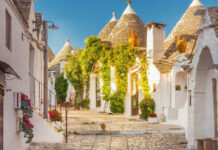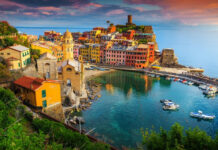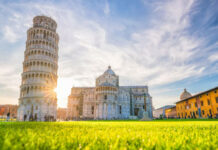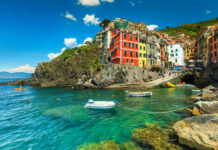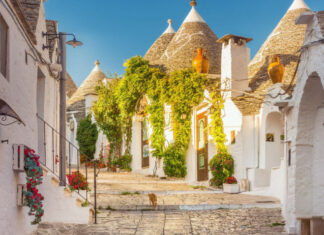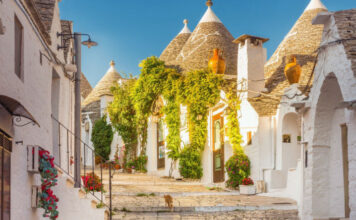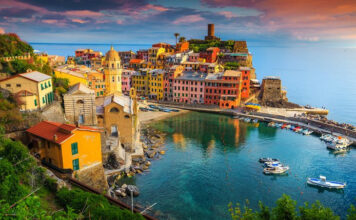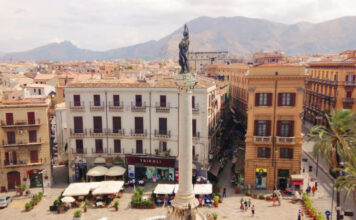Italy is indeed the home of art, history, and culture. Italy is home to some of the most famous museums in the world and is one of the places where you have the opportunity to see amazing artifacts and artistic masterpieces at close range.
Italy’s museums narrate the country’s history and hold some of humanity’s greatest cultural achievements. They are often considered among top museums to visit and if you are designing an itinerary, be sure to keep some of these famous museums in your travel itinerary. Here’s a deep discussion into some of Italy’s most famous cultural institutions.
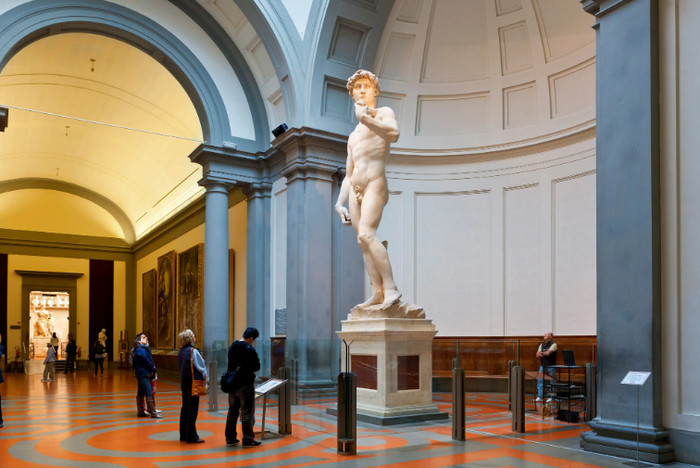
The Must-See Museums in Italy
Colosseum & Roman Forum, Rome
No visit to Rome would be complete without the heart of the ancient Roman empire, the Colosseum and Roman Forum.
Once the heart of entertainment and political life of the Roman Empire, these sites let you follow in the footsteps of gladiators, senators and Caesars.
The Colosseum attracts more than 7 million people a year, making it the most visited archaeological site in Italy. Its grand, elliptical form has come to epitomize Rome and its magnificent imperial history.
The ruins of the Roman Forum, on the other hand, harken back to when speeches were delivered and markets bustled in the exact middle of the ancient city.

The Vatican Museums, Vatican City
Though located in the sovereign Vatican City, the Vatican Museums aren’t far from Rome’s historic heart. This sprawling complex is home to many of the most cielebated works of art in the world.
The museums hold a collection of over 70,000 pieces, but the vast majority of visitors come to see the stunning Raphael Rooms and Sistine Chapel. The breathtaking frescoes Michelangelo painted on the ceiling of the Sistine Chapel are an artistic achievement of humanity’s highest order. Among the Raphael Rooms are the painter’s famed School of Athens and Signature Room frescoes.
The Vatican Museums are home to some of the most-visited in Europe, attracting nearly 6 million visitors yearly, thanks to their amazing collections.
The Uffizi Gallery, Florence
You can’t create a list of the best museums in the world and not include Florence’s Uffizi Gallery. On the highest floor of the U-shaped Palazzo degli Uffizi stands this world-famous museum and the most significant and wide-ranging collection of Renaissance art in existence.
Among the highlights here are Botticelli’s The Birth of Venus, Primavera, and Adoration of the Magi and Da Vinci’s Annunciation. Shakespeare’s own Renaissance masterpieces aside, the museum is also filled with Classical sculptures and a Caravaggio room.
The total annual attendance of the Uffizi is around 2 million, making it one of the most popular art museums anywhere in the world.
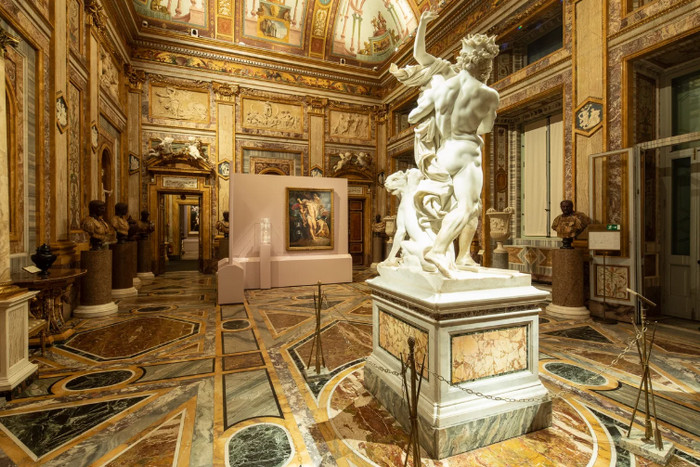
Other Notable Museums
Outside of the big three, Italy boasts a handful of other museums around the nation that are also worth your time to visit:
Galleria dell’Accademia, Florence
The Uffizi will cover Renaissance painting while in Florence here you’ll find Galleria dell’Accademia, where Michelangelo’s original David sculpture, the world’s probably most famous marble statue can be seen. His muscular nude portrayal of the biblical hero, more than 14 feet tall, is the centerpiece of this museum’s small but serious collection.
Museo Egizio, Turin
One of the world’s most important collections of Egyptian artifacts outside Cairo is in Turin. Home to more than 30,000 pieces, the Museo Egizio chronicles Ancient Egypt from circa 4000 BC onward.
Don’t miss the beautifully preserved funerary objects, a commanding granite statue of Ramses II and the enigmatic Fayum mummy portraits of Roman Egypt.
Museum of Contemporary Art, Castello di Rivoli, Rivoli
This contemporary art museum in an ornate 14th-century castle northwest of Turin holds more than 4,000 pieces in its permanent collection.
Its perma-collection of post-war Italian art is complimented by a rotating exhibition of international contemporary avant-garde talent. The unconventional setting makes it an interesting museum to visit.
Capitoline Museums, Rome
Located on the Piazza del Campidoglio and designed by Michelangelo, these museums mostly display ancient Roman sculptures. Highlights include the large groster of Constantine, the back famous Spinario and the statue of Marcus Aurelius on horse.
The Breadth of Italy’s Museum Landscape
Italy isn’t only where art and ancient history goes hanging out – the country’s also home to museums with subjects as diverse as especially film and cars all the way through to science and music.
Some examples include:
- Cinecittà – the legendary movie studio in Rome where Ben Hur and La Dolce Vita were filmed
- National Museum of Cinema, Turin – a voyage through the history of Italian and world cinema
- Maranello – Ferrari Museum (Ferrari racing cars, memorabilia)
- Museo Nazionale Scienza e Tecnologia in Milan – large science and technology museum housing collections of transport, energy, materials and communication
- Giuseppe Verdi House in Busseto – dedicated to the famous Italian opera composer Giuseppe Verdi
Germany has 1,500 and Spain 1,400, but Italy boasts a whopping 4,800 museums, archaeological sites, galleries and other cultural institutions.
No other place worldwide has so many museums per square kilometer. The museums of Italy encompass an incredible variety of subject matter, from archeology to anthropology, transport to theatre.
Visitor Statistics and Trends
International cultural tourism focused on Italy’s museums and sites of heritage remains robust. The COVID-19 pandemic had impacted visitor numbers, but they have been steadily rebounding.
A few key figures about who visits Italy’s museums:
- In 2023, around 7.6 million people visited the Colosseum, a number near pre-pandemic levels.
- The latest figures for the Vatican Museums show about 5.8 million visitors in 2022, a sign of a strong bounce back.
- Numbers to the Uffizi Galleries climbed back to some 2.1 million visitors in 2022.
- A 2024 study revealed that approximately 50% of museums located in Italy have upgraded to high-end visitor data collection and ticketing systems to enhance visitor experience and gather in-depth demographic data.
- Tourism represents around 13% of Italy’s GDP, illustrating just how influential cultural tourism is the economic picture. Museums are significant drawing cards for foreign tourists.
International tourist spending in Italy was 58 billion euros in 2022. Culture and entertainment still represented a substantial portion of tourists’ spending.
Final Thoughts
Italy’s museums provide a deep dive into the very best of Italian culture and heritage. A visit here offers an experience that is simply not available anywhere else.
It’s no wonder then that the country’s many museums draw millions of visitors annually. Their world-class collections offer windows into both Italy’s past splendor and its active present-day culture.
